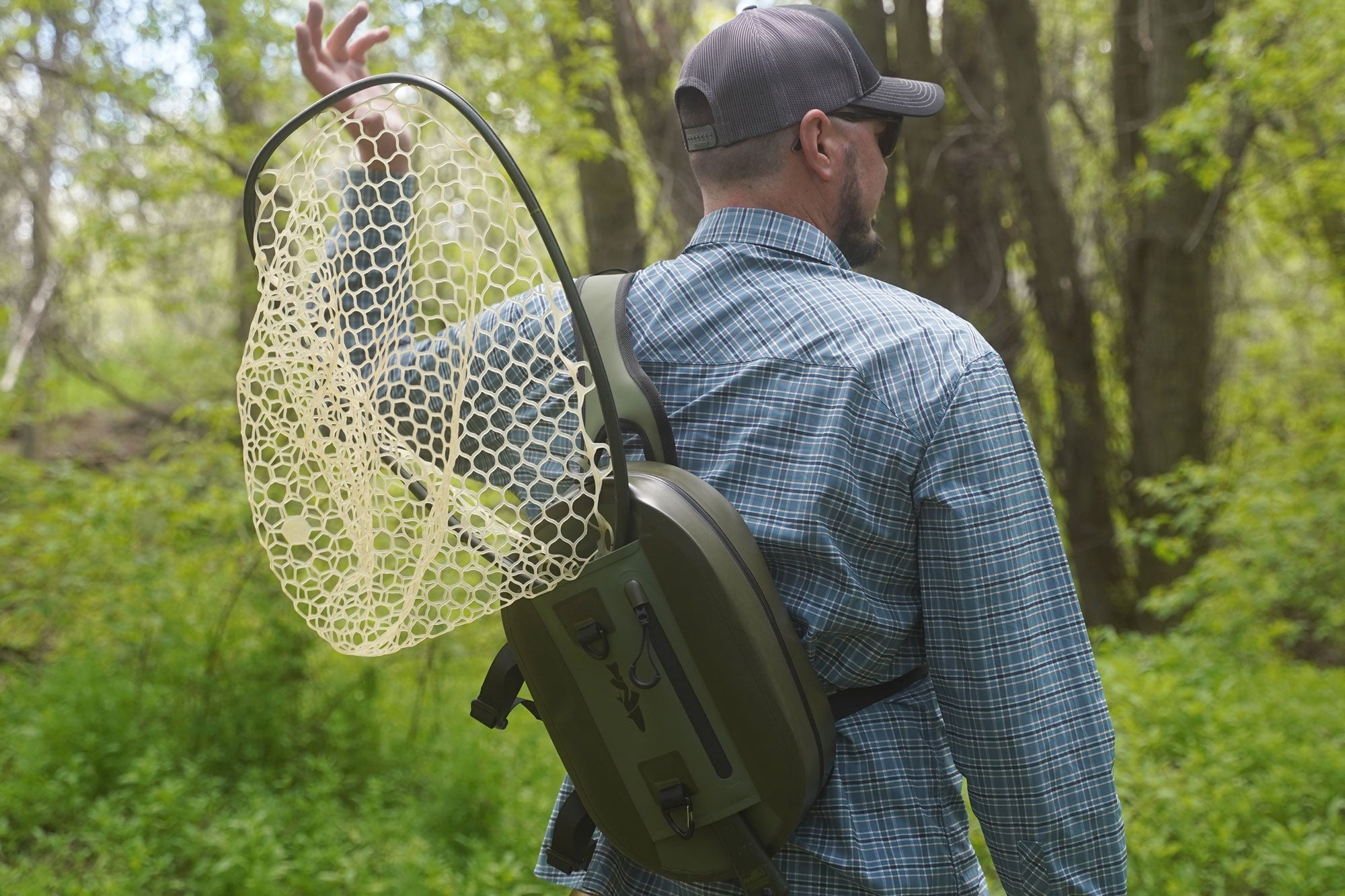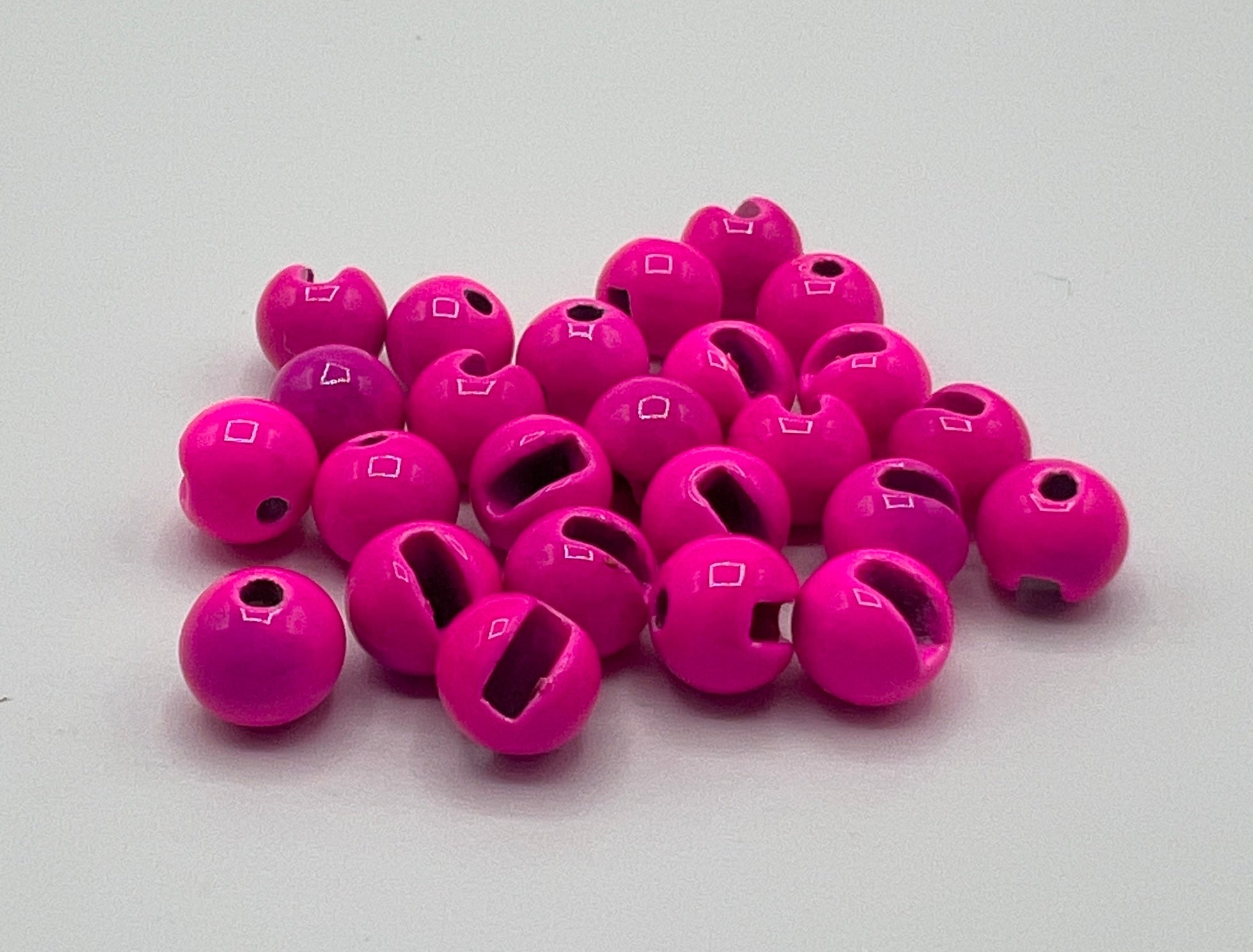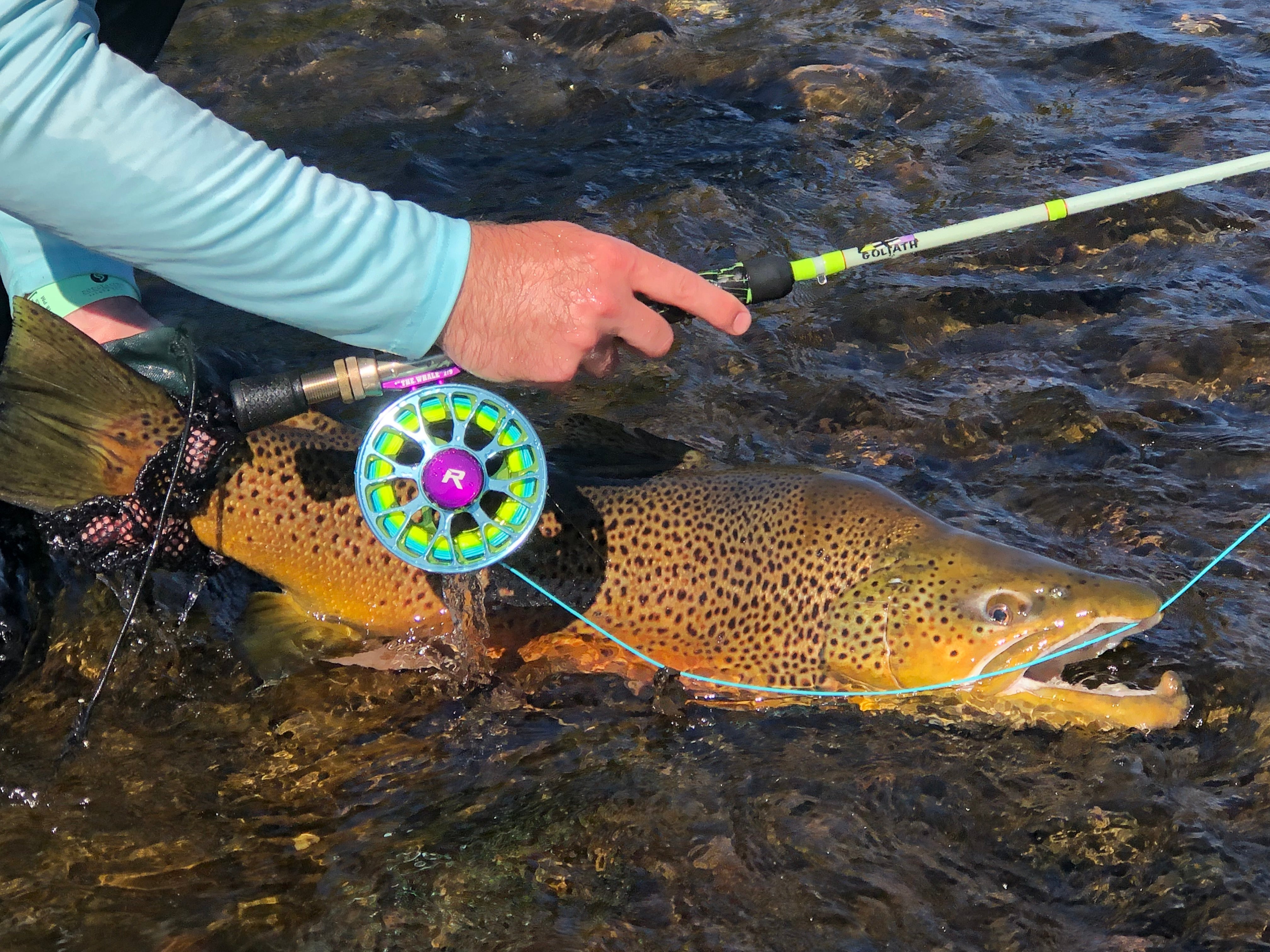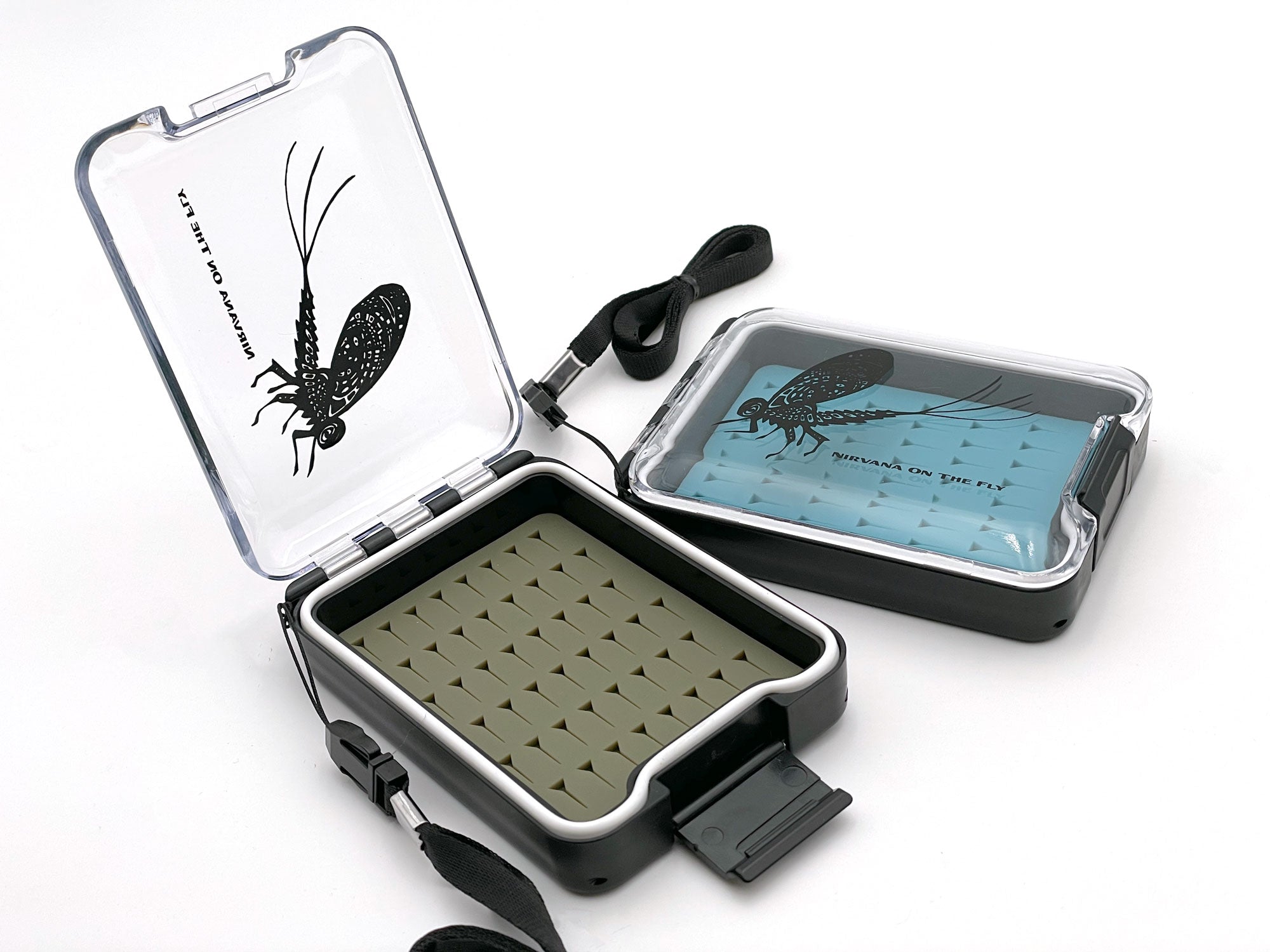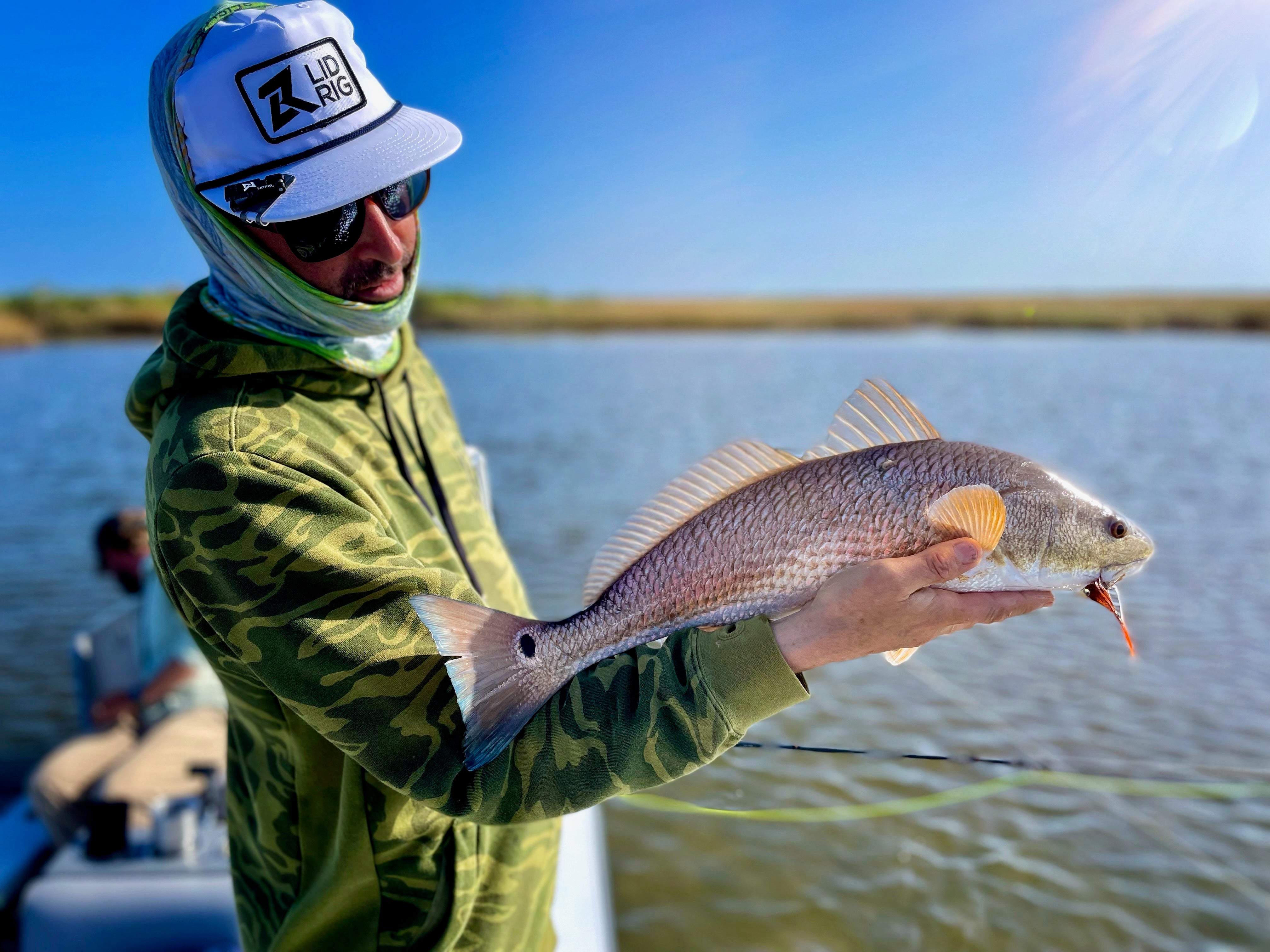The moon phases can tell you quite a bit about the tides. The interface of the moon, sun and earth are the major controllers of the tide and yes there are other aspects to be considered. What I want to do here is work through the various phases of the moon and what their tidal effects are.
- New Moon: The moon is between Earth and the Sun, and its illuminated side is facing away from Earth, making it invisible in the night sky. This phase is associated with spring tides.
- Waxing Crescent: A sliver of the moon becomes visible as a crescent on the right side. This is the phase after a new moon as the moon starts to become more visible.
- First Quarter: Half of the moon is illuminated and visible from Earth. It's called the first quarter because the moon has traveled a quarter of the way through its orbit around Earth. This phase leads to neap tides.
- Waxing Gibbous: More than half of the moon is visible as it moves towards full illumination.
- Full Moon: The entire face of the moon is illuminated and visible from Earth. This phase is also associated with spring tides.
- Waning Gibbous: After the full moon, the moon starts to become less visible, entering the waning gibbous phase where more than half is still illuminated, but the illuminated part is decreasing.
- Third Quarter: Also known as the last quarter, half of the moon’s face is illuminated, similar to the first quarter, but the opposite side. This phase also leads to neap tides.
- Waning Crescent: The final phase of the moon cycle, where only a small crescent on the left side is illuminated before it returns to the new moon phase.
Impact of Moon Phases on Tides and Fly Fishing
Each of the moon phases can have subtle effects on fish behavior, primarily through its influence on tides:
New Moon and Full Moon (Spring Tides): Higher and lower than normal tides can lead to more active feeding periods for fish, making these times potentially more productive for fly fishing.
First and Third Quarters (Neap Tides): Moderate tides with less water movement might result in less active feeding, but can also concentrate fish in predictable areas.
Waxing and Waning Phases: The transitional phases between the new moon, full moon, and quarter moons might not have as dramatic an effect on tides as the primary phases, but they still contribute to the gradual shift in tidal conditions, which can influence fish behavior.
In fly fishing, being aware of these moon phases and their associated tidal conditions can help you choose the best times to fish and anticipate fish behavior. It will be a major change to your fly fishing and especially DIY style fishing where you are monitoring what is occurring. You can also ask questions about these phases when speaking to your guide and come up with a plan that is deemed most likely to be successful. Good look out there!
To learn more about tides read these article, Continental Masses Affect Tides and Things That Throw Off a Tide
***Do you want to get deals on equipment, fly fishing trips, and lots of information? Become a member of the Loyalty Club on the Fly Fishing Insider Podcast.

By Christian Bacasa
Host of the Fly Fishing Insider Podcast
Fly Fishing Insider Podcast Official Website
Instagram Fly Fishing Insider Podcast
Instagram Dupeafish
Facebook
Pinterest
Twitter
LinkedIn
Tumblr


